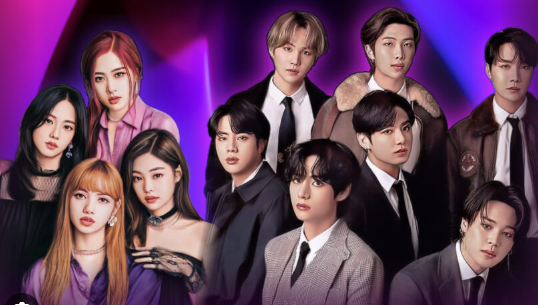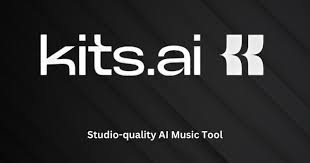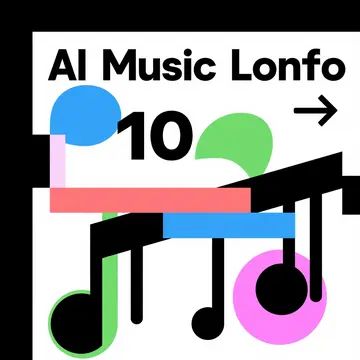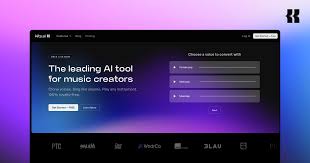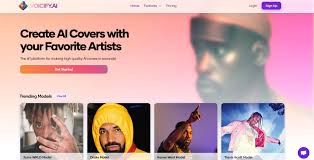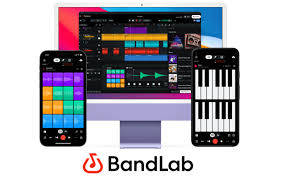If you've ever dreamed of making music but lack the instruments, vocals, or studio equipment, Hugging Face's integration of OpenAI's AI Jukebox could be a game-changer. Whether you're a content creator, aspiring producer, or simply curious about music technology, this guide will walk you through how to create custom music tracks with AI Jukebox on Hugging Face—without needing to know how to play a single note.

What Is AI Jukebox and Why Use It?
AI Jukebox is a neural net developed by OpenAI that generates music—including raw audio—in a variety of genres and artist styles. Unlike symbolic music generation tools like MuseNet, Jukebox creates realistic audio with vocals, simulating what a band or artist might sound like.
While OpenAI initially hosted it, developers and enthusiasts have since deployed variations of Jukebox on Hugging Face Spaces, making it easier than ever for non-engineers to access the model through a web interface.
How Does Jukebox Work on Hugging Face?
AI Jukebox runs using a transformer-based model trained on a large dataset of music, lyrics, and metadata. When used on Hugging Face, you're interacting with either a hosted inference API or a Space app—a user-friendly front-end built with Streamlit or Gradio.
These community-built apps let you:
Choose a genre or artist style
Input lyrics or prompts
Select output length
Generate and download audio samples
Step-by-Step Guide to Create Custom Music Tracks with AI Jukebox on Hugging Face
1. Go to a Trusted Hugging Face Space
Visit Hugging Face Spaces and search for "AI Jukebox." One reliable Space is Jukebox by rish-16.
Note: This app doesn’t run the original OpenAI model due to hardware constraints. Instead, it mimics part of its capabilities by combining pre-trained models for audio synthesis.
2. Choose Your Settings
Once on the Space:
Genre or Artist: Select from jazz, metal, pop, hip-hop, or even emulate artists like Elvis or Beyoncé.
Lyrics Input: You can enter a short prompt like “dreamy summer night with synth melodies” or even a few lines of original lyrics.
Length: Choose how long you want the clip to be—most Spaces are limited to 30–60 seconds due to compute limits.
3. Generate Your Track
Click “Generate” and wait. Depending on the queue and processing time, it might take 1–3 minutes.
What you'll get:
A .wav audio file
Optional visualization or metadata
Sometimes lyrics timing (if included in the model)
4. Refine or Remix
You can repeat the process with different prompts or adjust your lyrics to better suit the tone. Many creators even combine AI Jukebox output with tools like:
Audacity for trimming and effects
LANDR or Suno AI for mastering
Beatoven.ai or Amper Music to mix multiple AI-generated tracks
Real-World Use Cases
?? For Filmmakers
Use Jukebox to create background scores for short films or YouTube videos.
?? For Musicians
Inspire new compositions or blend AI stems with live instruments.
?? For Podcasters
Generate unique theme music that’s royalty-free.
Pros and Cons of Using AI Jukebox
| Pros | Cons |
|---|---|
| No musical skill required | Limited audio length |
| Outputs real audio (not MIDI) | Hard to control structure |
| Mimics real artist styles | Varying output quality |
Tips to Get the Best Output
Be descriptive in your lyrics or prompt. “Epic 80s-style power ballad about space travel” works better than “song about stars.”
Try different genres. AI Jukebox handles jazz and lo-fi more convincingly than classical or techno.
Use external tools to post-process and align the audio with your project.
FAQ: AI Jukebox on Hugging Face
Q1: Is AI Jukebox free to use on Hugging Face?
Yes, most Spaces are free, though they may have GPU limits or queues.
Q2: Can I use the generated music commercially?
It depends. If you’re using an open-source model hosted on Hugging Face, check the Space’s license (often MIT or Apache 2.0). Always double-check terms before using tracks in monetized content.
Q3: Is the audio quality professional?
It’s decent but not studio-grade. Consider using mastering tools like LANDR to enhance fidelity.
Q4: Can I input my own melody or voice?
Not with most Hugging Face Spaces using AI Jukebox. For that, tools like Suno AI or Voicify AI are better suited.
Q5: What are alternatives to AI Jukebox?
Try Riffusion, Mubert, or Boomy if you want faster or more structured song creation.
Conclusion: Why You Should Try AI Jukebox on Hugging Face
If you're looking to create custom music tracks with AI Jukebox on Hugging Face, you're not just experimenting with AI—you’re stepping into the future of music creation. It’s free, accessible, and surprisingly creative. While it's not yet a replacement for a full production suite, it’s a powerful brainstorming and demo tool for anyone working with sound.
Learn more about AI MUSIC

